This article explains what is Finnish sauna culture: What sauna means for Finnish people, how they enjoy sauna and what Finnish saunas are made of. This story is about the sauna experience, sauna culture, holiness of sauna, and its contemporary function in the Finnish way of life. The next article introduces design and construction of different types of saunas in Finland.
Finnish Sauna Essentials is a digital collection of five long articles describing the essence of Finnish saunas. The focus is on the design and construction of Finnish-style saunas, which enables one to recreate the secret source of energy and well-being Finnish people have enjoyed for centuries. By sharing the best contemporary Finnish sauna wisdom here, you can design your own sauna following the Finnish sauna principles.
The articles are written by the leading contemporary Finnish sauna expert, Dr. Lassi A Liikkanen who has been studying Finnish sauna actively for several years and sauna bathing from infancy. Lassi works full-time on digital service design and also acts in Aalto University as an Adjunct Professor of Human-Centered Product Design.
The Finnish Sauna Culture: Values, Practices, Respect and Uniqueness
Finnish sauna values and fundamentals
What is Finnish sauna for? Finnish sauna promotion organization Sauna from Finland has defined five core values that sauna can offer. They are multi-sensory, presence, relaxation, cleanliness and well-being. In matter of fact a sixth value is also mentioned, authenticity. To me this means that if you venture into an establishment called Finnish Sauna out Finland you should find something capable of delivering a Finnish style sauna experience. In Finland, I disregard then notion of authenticity as unnecessary traditionalism as we have single original sauna as you will learn.
Finns build and enjoy saunas to enable experiences living up the values. The essence of the sauna experience is found inside a sauna room. The basic components of a Finnish sauna room are quite simple. It is a space heated using a sauna stove that contains sauna rocks. Sauna benches are built to elevate sauna goers closer to the ceiling where the heat and steam are. Window is the preferred source of light for the nature loving Finns.
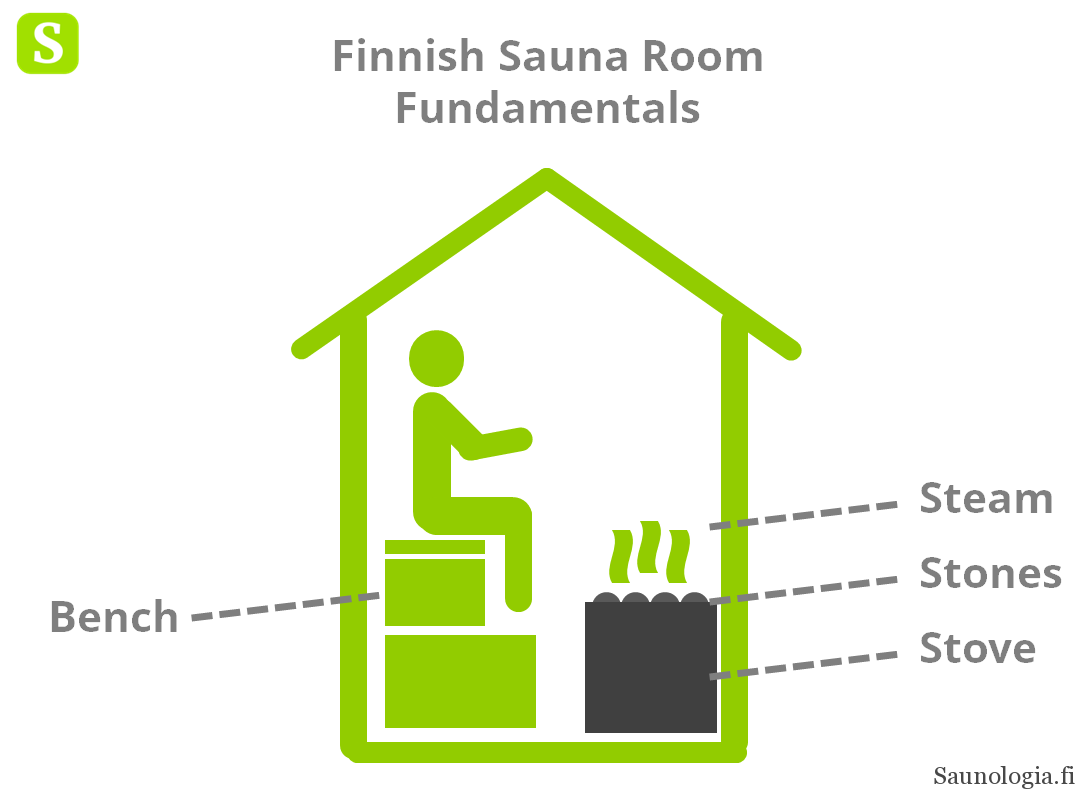
Sauna with Reverence
Many uplifting texts about Finnish sauna describe sauna as a holy place. Does this reverence show in contemporary sauna practices? Most Finns enter a sauna with a mental script that outlines how they plan to bathe. However, this script is not dictated by religious beliefs, instead individuals and sometimes communities have decided on how they desire to have their sauna. But rigid rules or rituals are very uncommon.
If we look at the situation from history, the immediate past of sauna culture is more practical than religious. In the past sauna served multiple roles not just for hygiene, but for medicine, and preparation of food and drink. Collections of folk lore from the late 19th to early 20th century include several stories of believes about proper sauna behavior. Today the alternative functions of sauna are mostly abandoned along with the pagan believes. But the reverence remains at least in certain norms. For instance, in my survey of 400 active sauna people in 2016, I found that people highly and consistently disregard the use of smart phones and tablets in sauna.
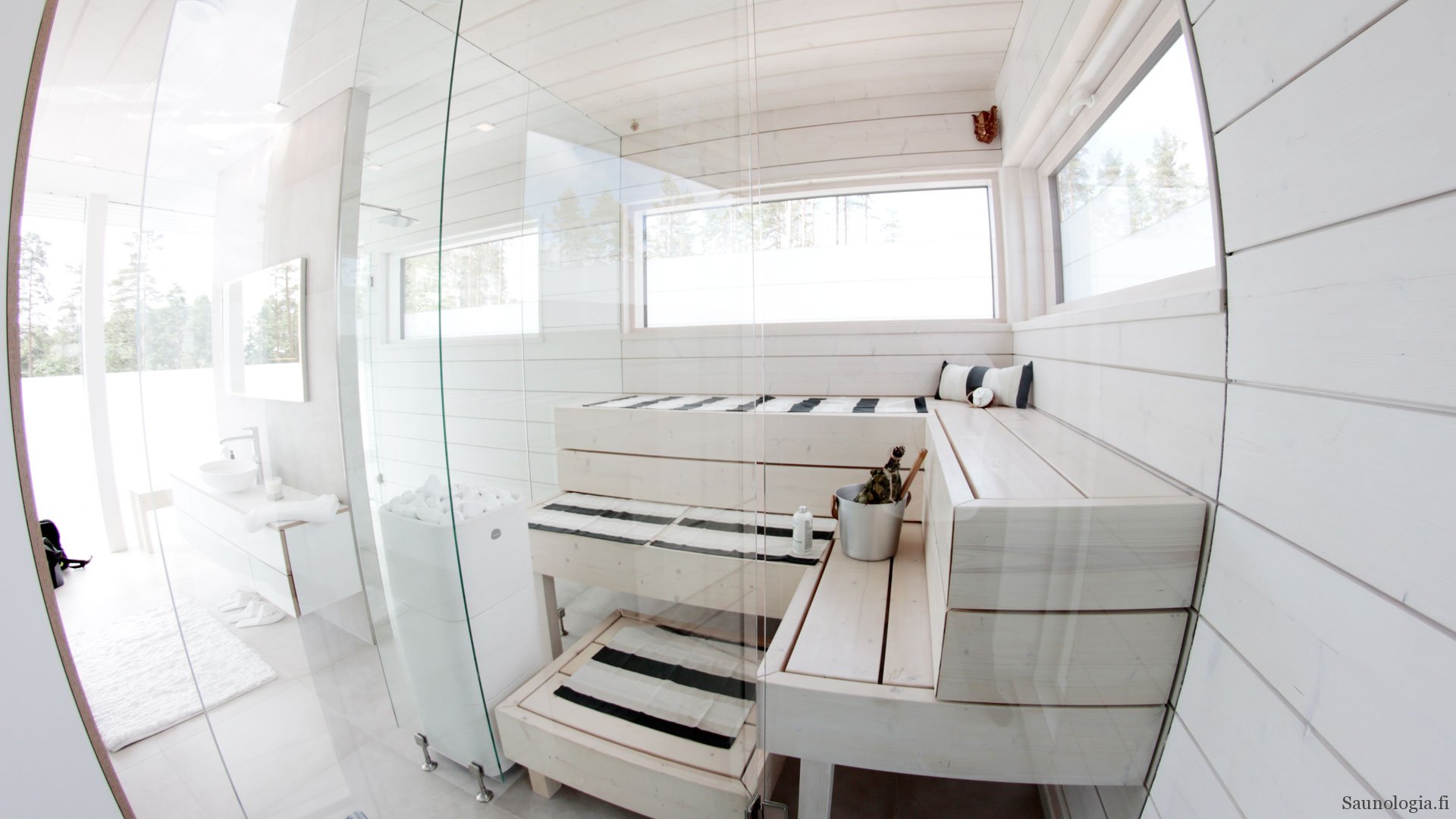
I believe encountering people naked in sauna effectively facilitates honest and open communication. Even revealing personal things that might not be otherwise shared. I interpret this as the remaining holiness of the Finnish sauna in 21st century.
The Sauna in the Finnish Way
There are many different types of bathing cultures in the world that involve unusually high temperatures, which can induce sweating. The Finnish variant of steam bath, sauna, has a history of thousands of years, far exceeding the documented history of the small North European country. Sauna is a word native to Finnish. It is both a verb and a noun, referring not only to a place of bath (a sauna) but also to its function (to sauna).
The ritual of Finnish sauna bathing is as informal as the huge number of saunas allows. Most people enjoy the sauna one or two times a week. This means you need to pick a day and time of sauna. Saturday is the traditional sauna day of the week.
The sauna proceedings usually follow a similar, fairly complicated pattern. The pattern details depend upon the sauna one attends.
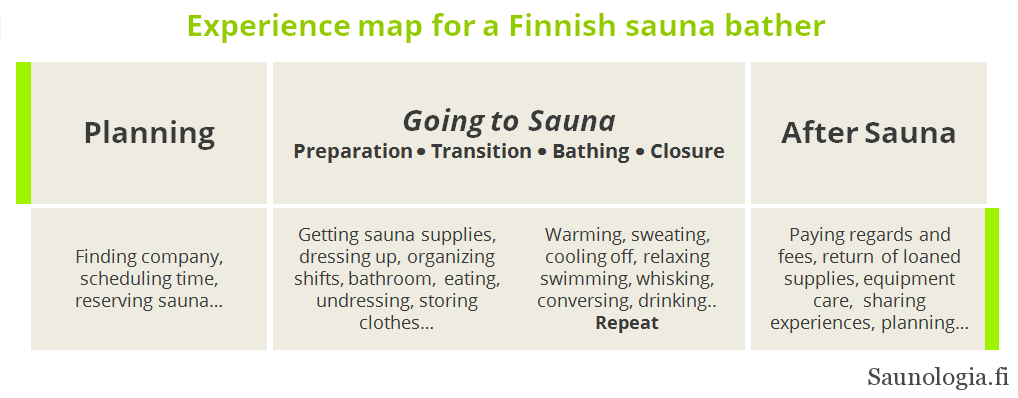
Because there are some many private saunas, over 2 million, having your own sauna or regular reservation in a shared sauna facility collocated with an apartment building is a usual and effortless way of securing a bath. If you’re going into your private sauna, you may get by with simply grabbing a towel and something to drink.

If you’re preparing for a public sauna visit, some arrangements in advance are necessary. A few places sell sauna admission tickets online, but usually it is enough to turn up at the facility during opening hours. One may be equipped with a big towel, bathrobe, personal sheet cover, slippers, drinks, shampoo, conditioner, spare clothes, hair brushes and cosmetics, sauna treatment materials, and a sauna whisk. Sounds like enough gear for an expedition!
Visiting public or otherwise foreign saunas is a matter of confusion also for Finns because most people have gotten so used to their private saunas, in which you can have your own ways what ever you do. Finns can be pretty flexible about the sauna etiquette in their private saunas.
At times people invite friends or relatives to their private saunas, or call together a bunch of friends to a public sauna. Most of the time, the sauna visit is over in an hour or two. However, it is important to reserve as much as time you can allow for sauna. Being able to relax, not to worry about the time it takes, is essential to enjoy the sauna fully.
According to recent research on Finnish sauna bathing, the long-term health benefits from sauna are received when you spend at least 30 minutes in the sauna. You don’t need to do that all at once, in fact it is probably wiser to have three 10 minutes sessions than a single half an hour – at least before you know your limits!
Many uses of sauna
Finns don’t really have a one single way of utilizing sauna. Even though we don’t use the sauna for medical purposes or for preparing food or drink, it is still being used in many ways. For instance, saunas in association with gyms and sports facilities encourage dropping in for a quick sauna session of 5 to 10 minutes. This suffices for a person to say they’ve been in a sauna.
A list of different sauna functions for Finns might look like this:
- Thorough cleaning. Sauna was the original Finnish wash room. Some still believe that the only people to get properly clean is to sweat thoroughly.
- Revival. Many people have a quick, 5-15 minute sauna after a physical exercise before and/or after taking a shower.
- Socializing. Finns often seek company for sauna. Sauna can be a good back drop for discussing with friends or negotiating business or politics. The former iron fist president Urho Kekkonen was known to utilize sauna in politics.
- Plain sauna. Going to sauna for the sake of experiencing sauna. Something that the modern Finns can afford. More of this highly esteemed, but maybe not so popular practice later.
- Other rituals for health and well being. Still hundred years ago sauna was essential for many healthcare and agricultural functions. Nowadays we have entrepreneurs organizing sauna yoga or pilates in the hot room. Still some ancient traditions, such as bridal sauna, are also practiced.
What happens during a sauna?
All well-equipped saunas have dressing rooms. Many public saunas have separate dressing rooms, shower rooms and sauna rooms for men and women. Few places operate by allocating distinct days for different genders (e.g. historical Yrjönkatu public bath in Helsinki works like this).
Despite what you may think based on photos widely circulating around the internet, most of the time Finnish people sauna in the nude. This is pretty much the way it has been for long time. Swimming suits or towels may nowadays be used in public baths or even private saunas if people don’t feel comfortable being naked in the company. However, in almost every public, single sex sauna the expectation is “textile free” (as Germans call it). Most swimming pool saunas also require nudity namely to prevent chlorine evaporation into sauna air.
Once relieved from clothing and properly cleansed, you can enter the sauna. This is where the magic of the Finnish sauna happens.
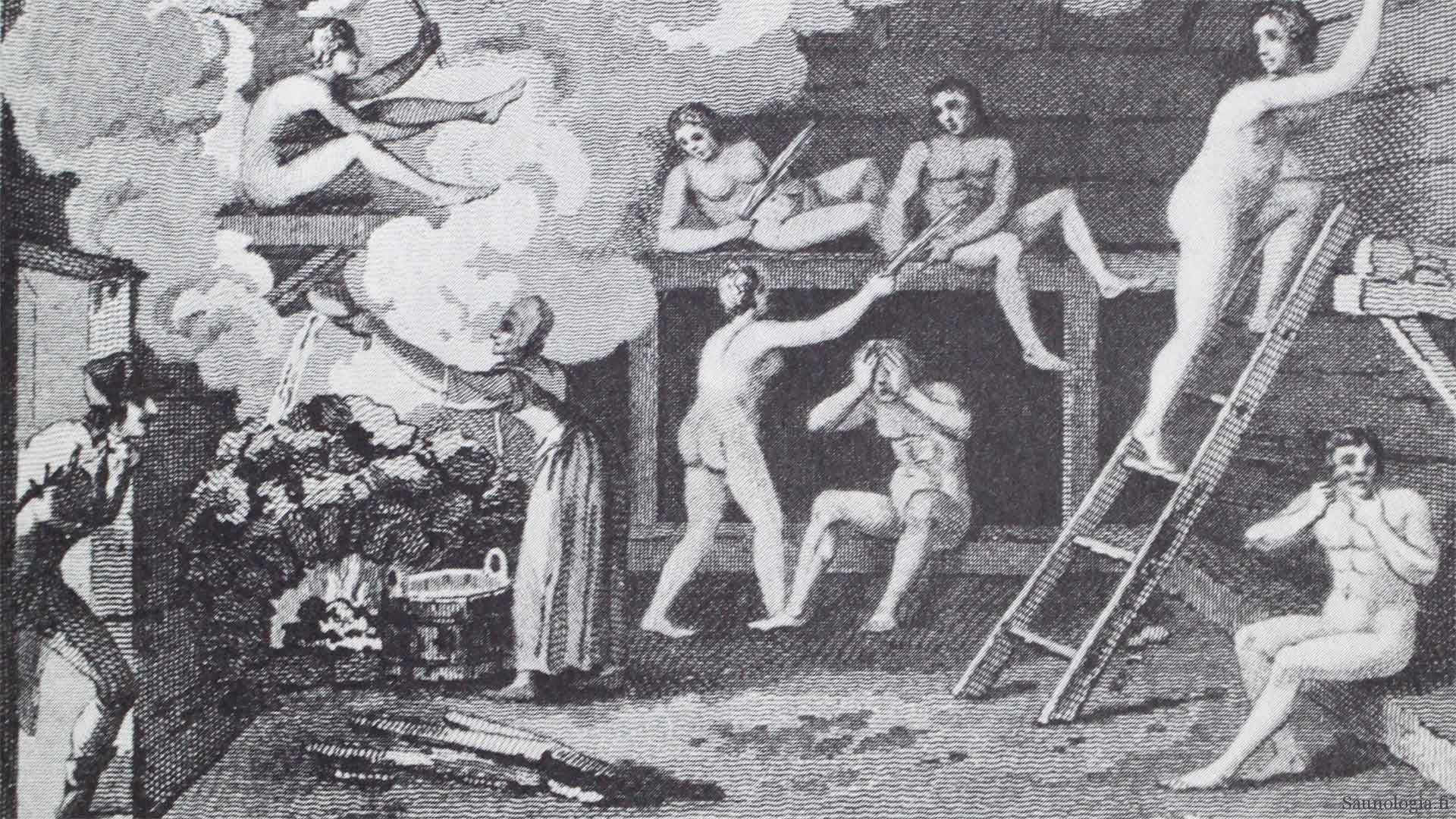
Saunas in Finland are heated to very variable temperatures. When you open the door and climb up onto the sauna benches, you can expect degrees in the Celsius range from 55 to 110! There is also some humidity. The feeling of heat and warmth depends on the combination of humidity and air temperature. With more heat, there is usually less humidity. Because most Finnish saunas are heated to 75-90 degrees Celsius, they tend to be experienced as dry.
There is no right temperature for a Finnish sauna. Even though the Germans have established that Finnish saunas should be pretty hot (around 90°C, 195ºF). The Finns themselves have pondered about this for decades. A prevalent wisdom in mid-1900s was that sauna bath should be enjoyed at 90-110 degrees Celsius (185-230ºF) and as dry as possible.
It seemed that this idea was picked up by the Germans even though all Finns have never adopted any single temperature. Particularly classic “smoke saunas” have usually displayed wide spectrum of temperatures, from 50 to 100 (125-210ºF). This is a natural consequence of their heating. Setting a constant, high temperature became only possible with newly invented continuously heated stove of the early 20th century, popularized in electric and wood-fired stoves starting in 1950’s. This lead to a situation where saunas became more hot and dry, a most unwelcome development in my mind.
You can see a chart describing some humidity and temperature relationship encountered in “ideal” and real Finnish saunas below:
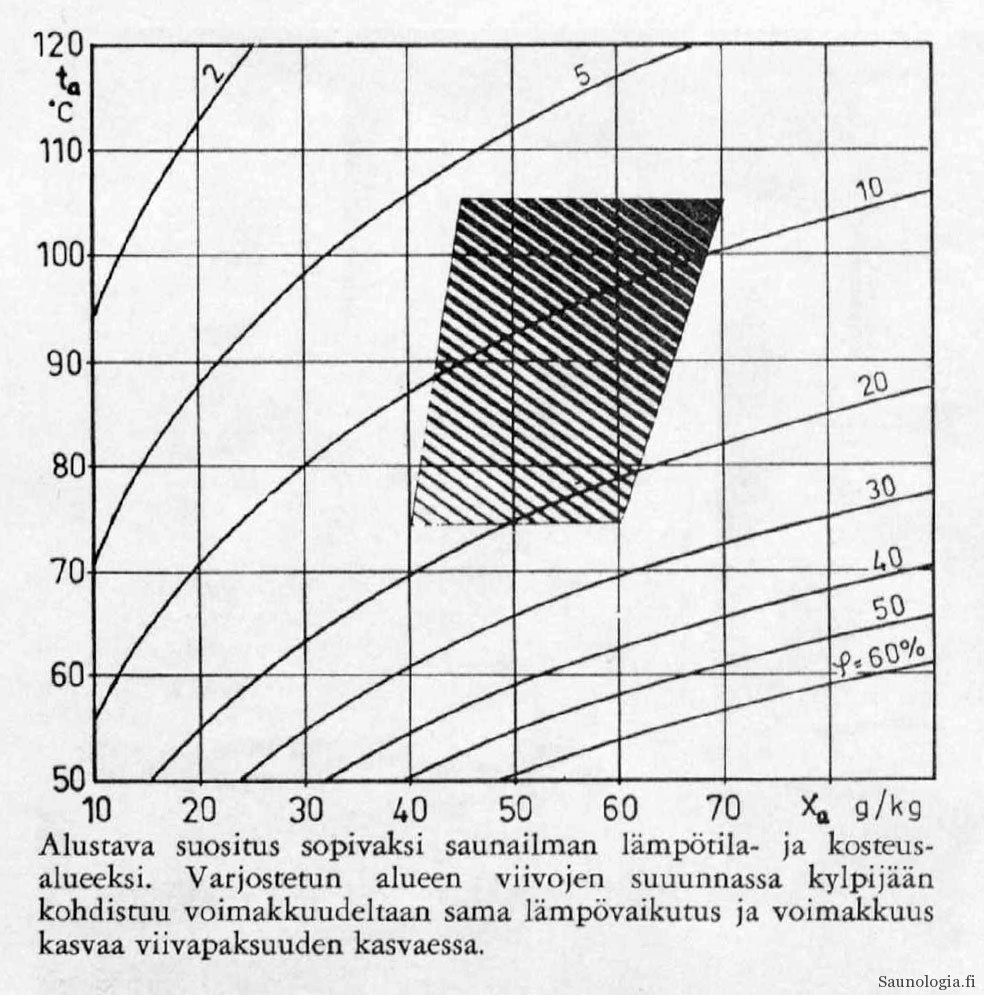
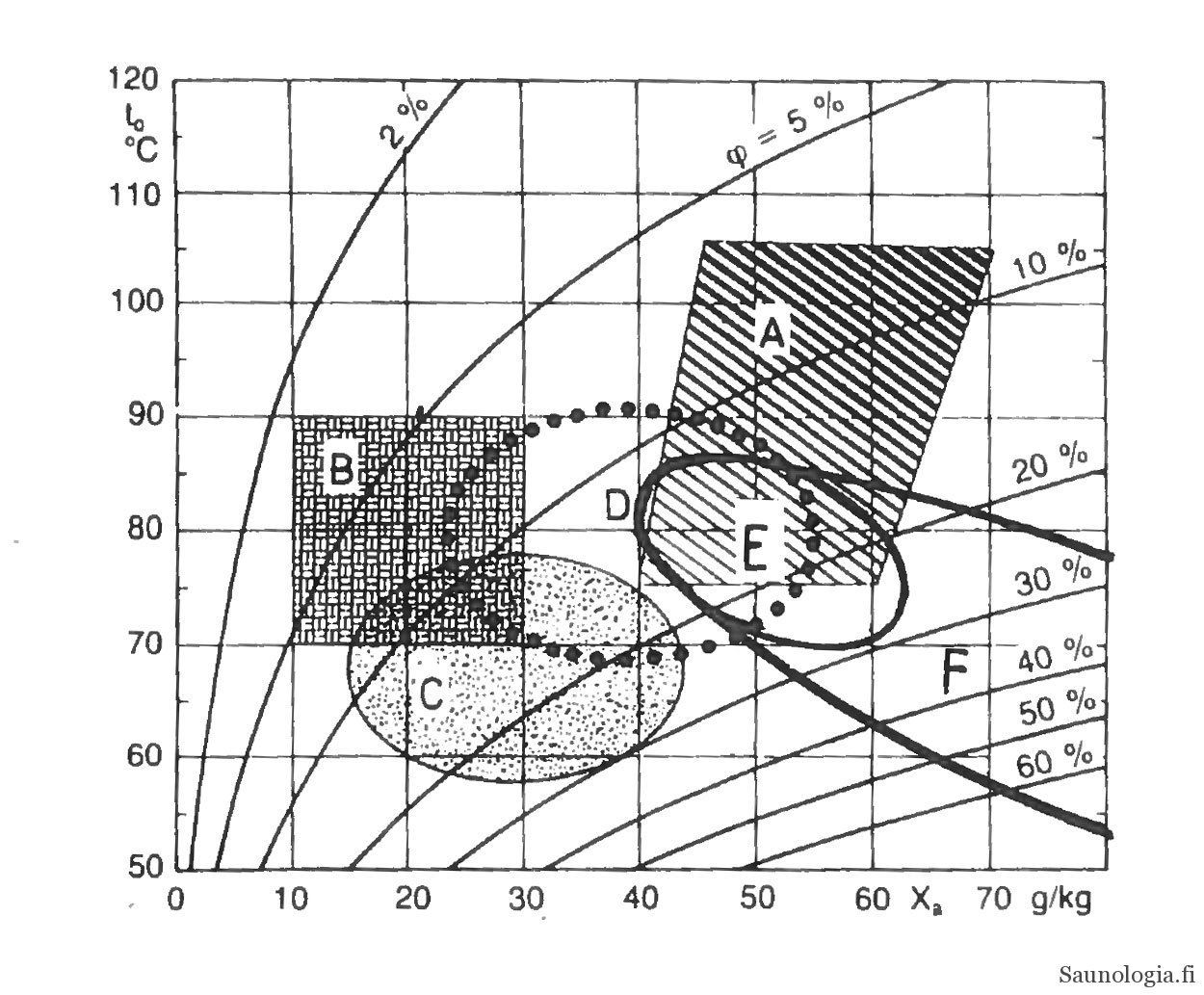
The Art of Löyly
The sauna temperature is not everything. The essential part of the Finnish sauna is steaming, pouring water on the rocks of the stove to release water vapor called löyly. Löyly is the magic part of the Finnish sauna most people talk about when referring to the quality of the sauna experience. Release of löyly is something everyone expects from a sauna session.
Löyly does not mean that sauna is a steam bath! The steam of Löyly is visible and felt only for a short period of time. It does not constantly linger, but is instead summoned when needed. Thus the term steam room in association with the Finnish sauna has a special meaning. A Finnish person would never mistake a Turkish steam room for a sauna.
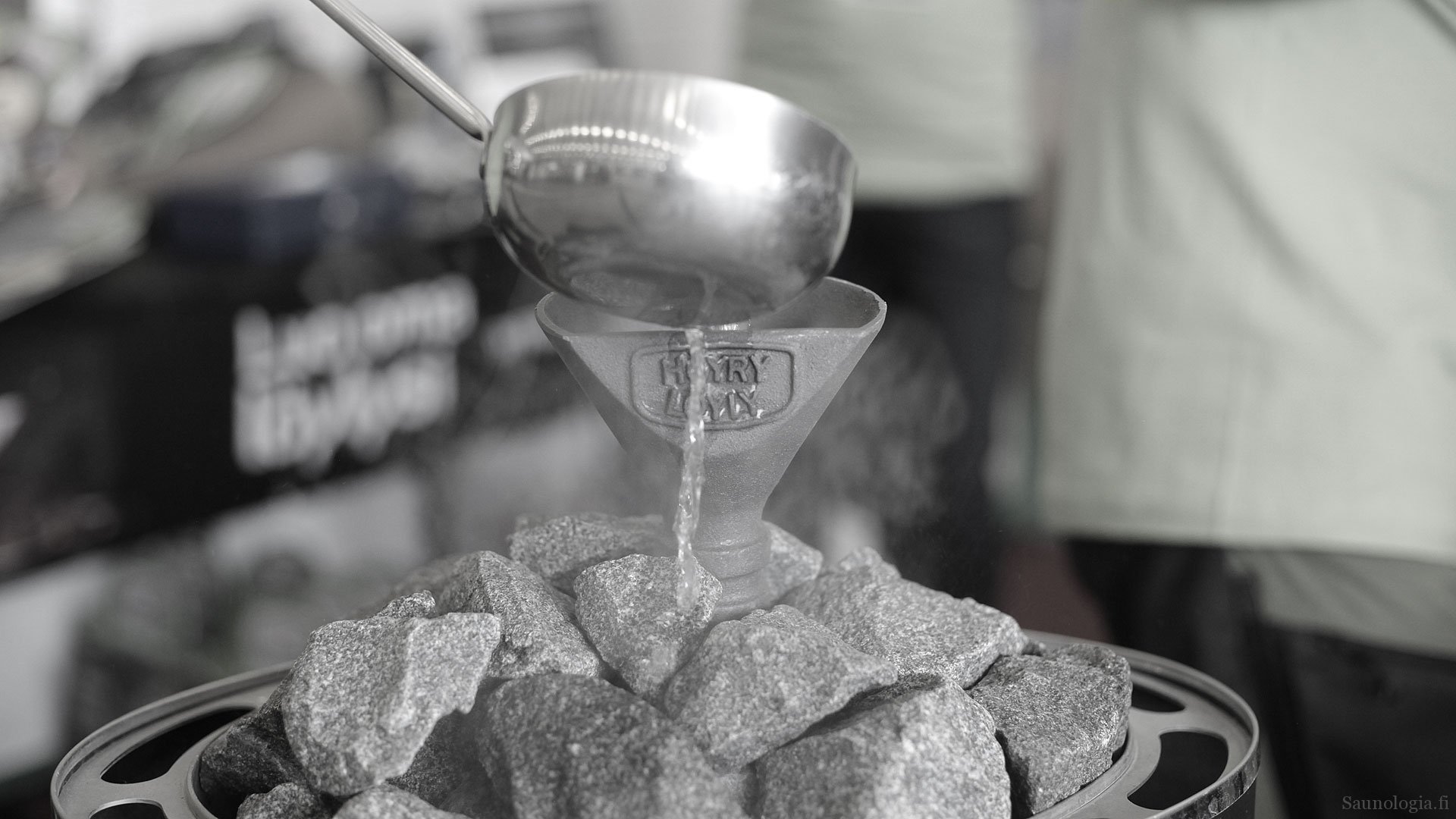
Important aspect of the Finnish sauna tradition is that anyone is able to create steam by using the ladle and bucket over water provided in every Finnish sauna. This usually works like a charm because Finns generally steam with just among couple of people. The odd thing about this sauna democracy is that there is usually only single ladle. So when several people steam together, it is polite to discuss about the need to put in more water before taking action, so the conditions don’t get too hot for anyone.
However, people have very variable preferences as to how much steam is needed as well as how hot the sauna should be initially. In physics terms, it usually happens so that the application of steam raises the dew point of the sauna air just above the body temperature (around 37ºC, 99 ºF). This condenses water from the air to the surface of our skin which creates a prickling sensation of heat, indexed by drops of water appearing on our skin (yes, that is not your sweat). Soon this feeling passes and we can once more sweat as the dew point return back to a lower level.
You can read more about my suggested Finnish sauna procedure from Saunologia’s English sauna bathing instructions

What’s Special about Finnish Sauna?
The original Finnish word has gained a good recognition around the world. Many kinds of establishments go under the name sauna, but saunas outside Finland are not always recognizable by the Finnish standards.
Without going into details about the elements of Finnish sauna, I will describe how the Finnish sauna itself stands apart from other saunas and facilities of similar function found Europe in their typical bathing conditions.
Roman and Turkish baths (hamams) differ from Finnish sauna by being cooler in temperature and relatively more humid. Facilities are heated and the source of heat is hidden from sight. Russian varieties of sauna partially overlap with Finnish ones. But most prominent difference is the banya (баня [ˈbanʲʌ])), the evidently Russian “equivalent” for sauna. Contemporary banyas are more humid than Finnish saunas, at times also even hotter. They are constructed to allow space for whisking. Stoves are visible, accessible and steam is created very much like in saunas.
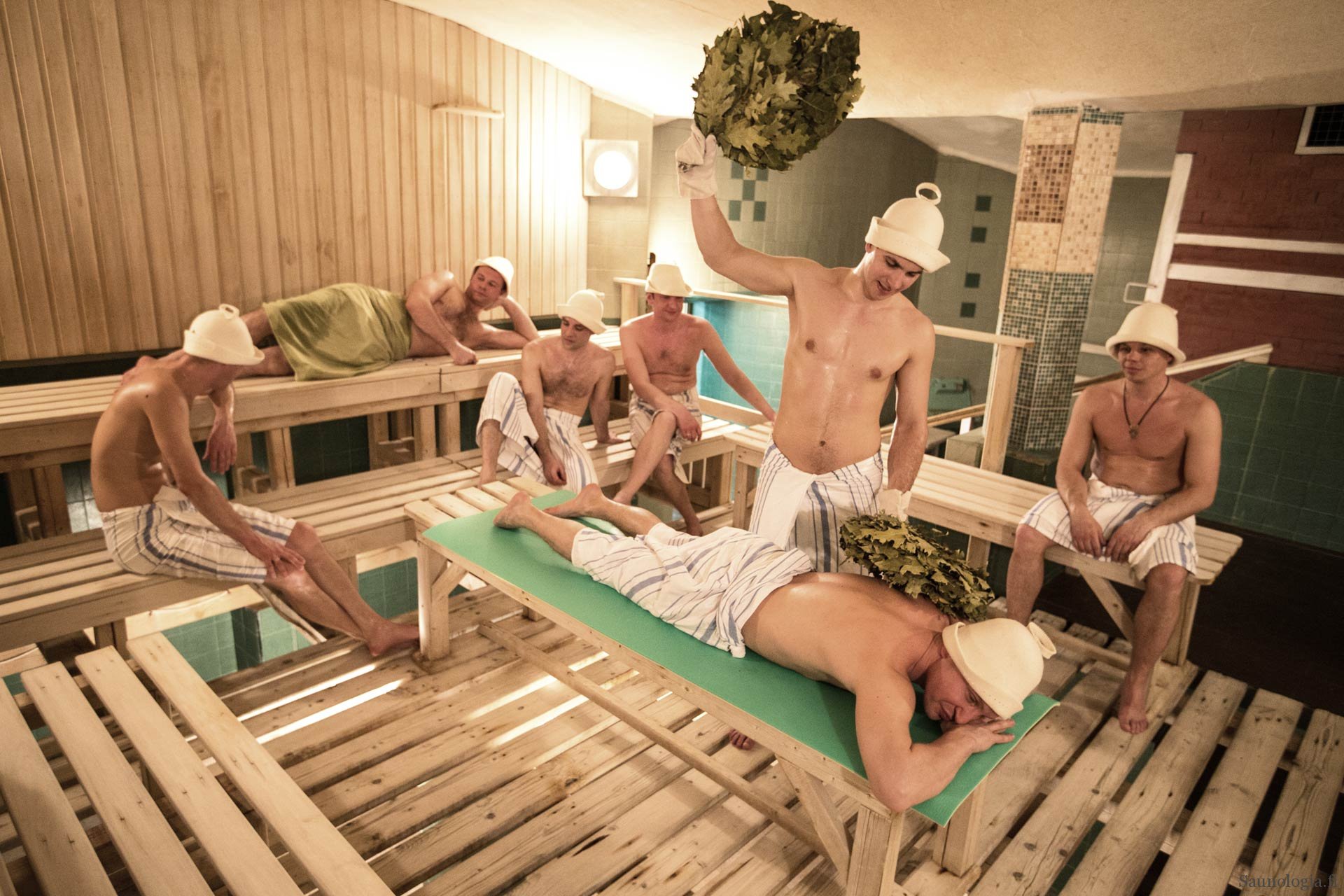
Saunas in continental Europe may have many things in common with Finnish sauna, equipped with benches and a visible stove. In Germany, the main difference is in function. Sauna goers are not supposed make steam themselves, but instead a dedicated sauna master called saunameister does the honors. This happens as a part of ceremony called aufguss. If there is a bucket and a ladle, the sauna may as well as function as a Finnish sauna.
Altogether, the Finnish sauna stands apart for being quite hot with humidity controlled by steam applied collectively by the sauna guests. Sauna benches are constructed to elevate bathers but no space is usually preserved for ceremonies or whisking in contemporary Finnish saunas.
End of part 1. In the next article, I introduce you to the secrets of the different types of saunas and their stoves and stones! Read it here:
This story has been kindly translated to and published in Japanese with volunteer help from Sauna Ikitai and Yukari O. Arigatou gozaimasu! You can find the Japanese version here, published in two parts:
https://sauna-ikitai.com/magazine/finland-sauna-1/
https://sauna-ikitai.com/magazine/finland-sauna-2/
Thanks to Bryon MacWilliams for editorial work on a draft of this article. All the typos and other instances of bad language are of my doing.
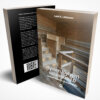

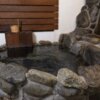

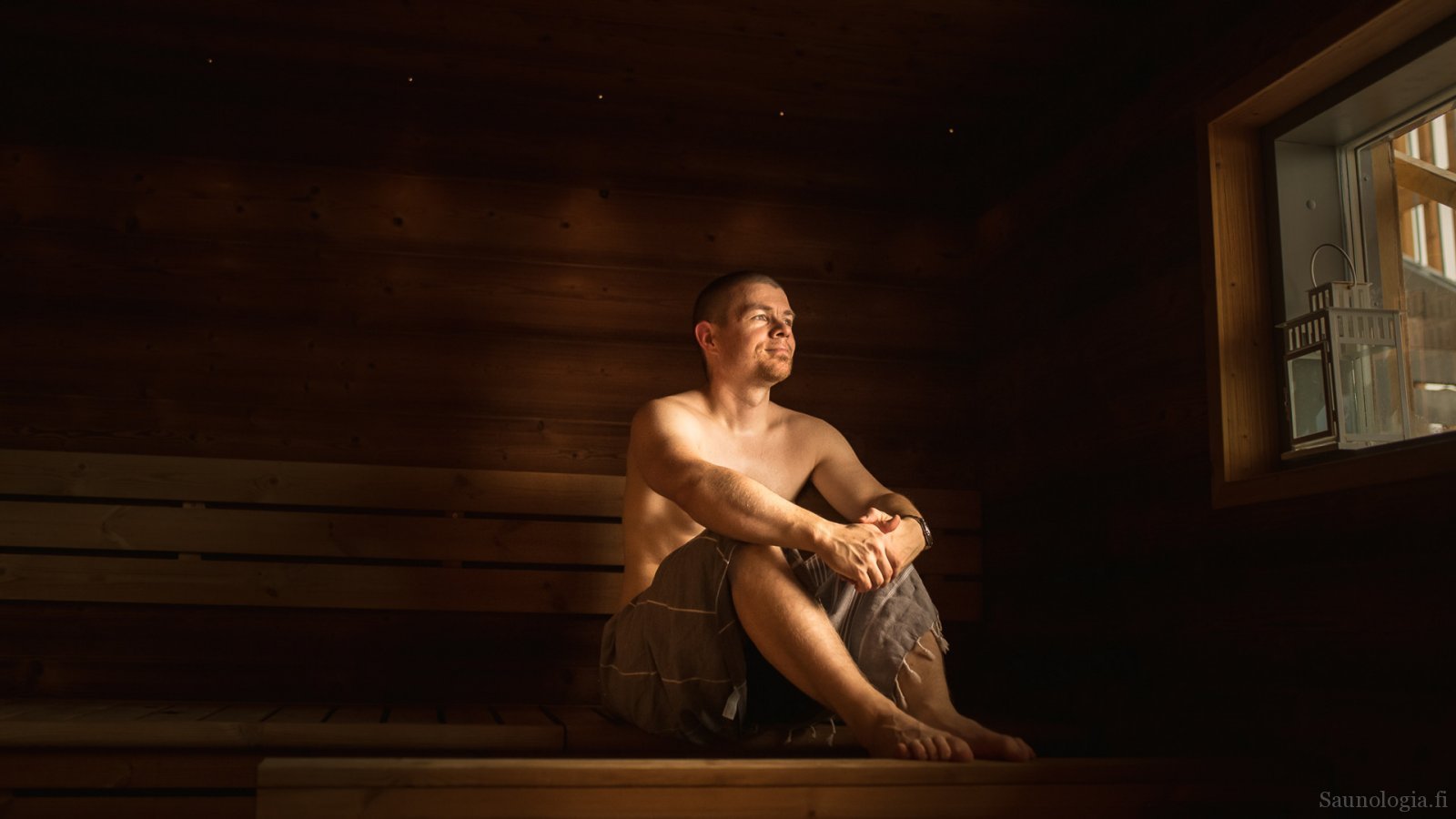
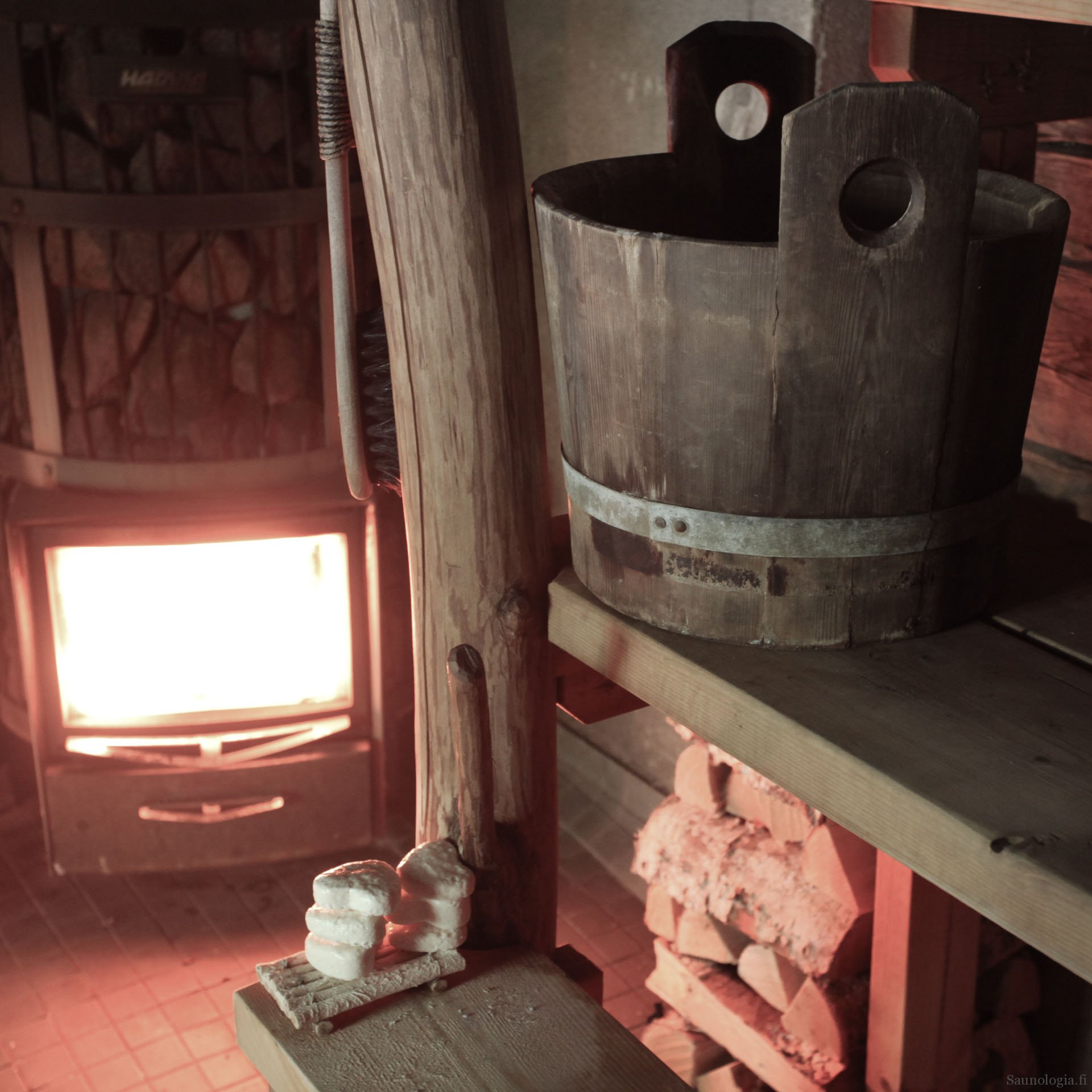
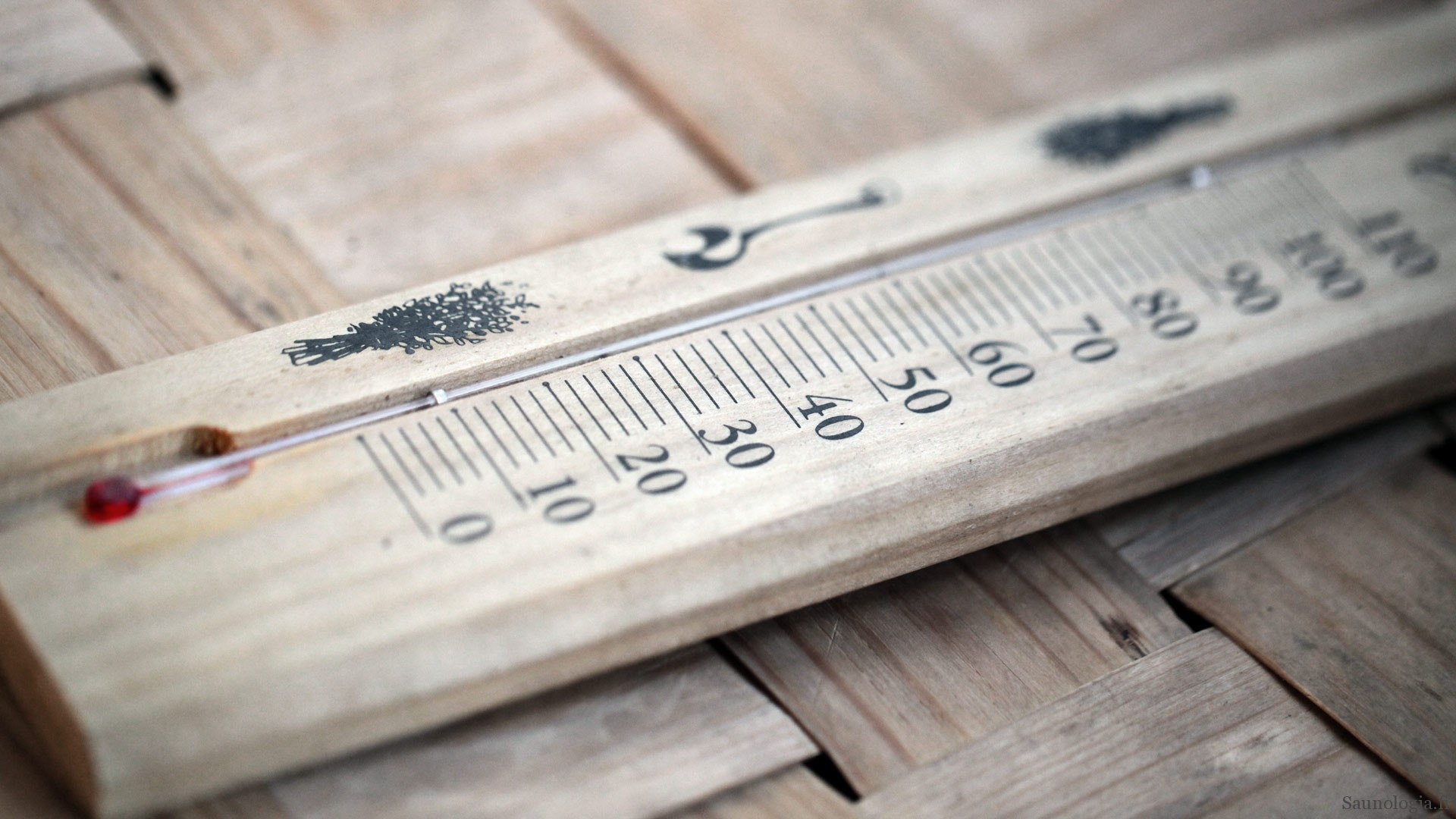
Hello, I am Japanese who love sauna in Japan. I want to make T-shit to sell in Japan to use pictures of “classic illustrations of supposed sauna proseedings in 18th century Finland”.
May I I have approval for use this picture?
Hei, olen japanilainen, joka rakastaa saunaa Japanissa. Haluan tehdä T-paskaa myymään Japanissa käyttämään kuvia "klassisista kuvitelmista oletetuista saunaprosesioista 1700-luvun Suomessa".
Voinko saada luvan tämän kuvan käyttöön?
I emailed you!